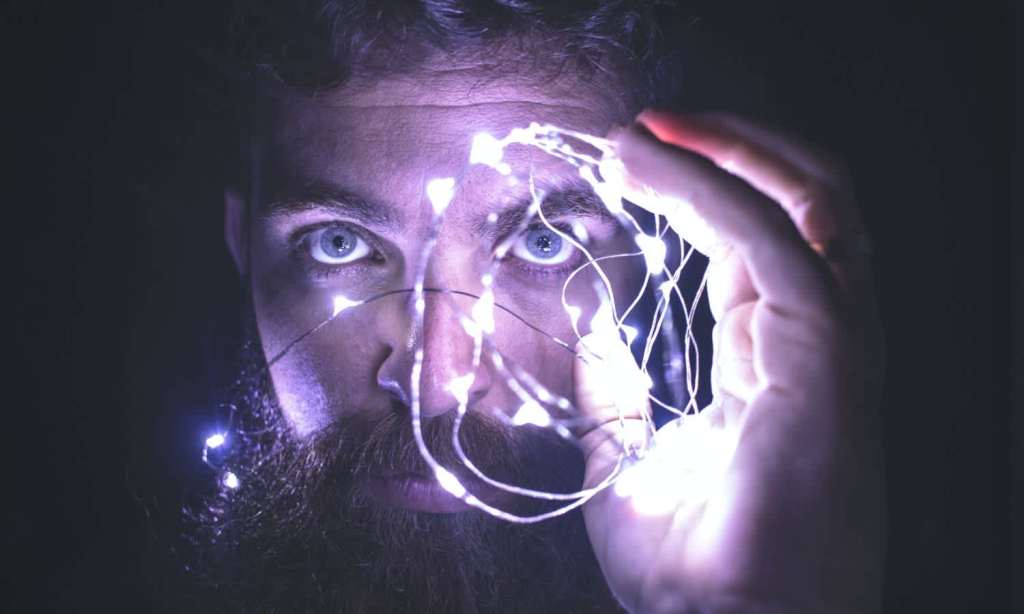Obsessive Compulsive Disorder can be a debilitating mental health disease — and according to SANE Australia, 2% of Australians live with OCD.
That may not seem like much, but that’s 500,000 people — 500,000 people who experience unwanted obsessions, compulsions and intrusive thoughts that can affect their day-to-day.
It can be experienced specifically in terms of relationships, and there’s been a rise in postpartum OCD as well.
There are treatments out there to help people recover, but like most mental illnesses, unfortunately, some people find that they’re resistant to treatment, through no fault of their own.
However, in hopeful news, researchers from the University of Queensland have found that deep brain stimulation could be used as a treatment for OCD.
You may have heard of deep brain stimulation before, if you are, or know someone, living with Parkinson’s — it’s a surgical treatment for the condition. It’s also used as an alternative therapy for another mental health condition, depression. Like those with OCD, it’s used for those with treatment-resistant versions of the disease.
If you’re wondering how deep brain stimulation works, let’s dive into this specific clinical trial — which was a first for Australia.
The clinical trial took nine participants — all with severe OCD, who had not responded to years of extensive pharmaceutical or psychological treatment.
In the first part of the trial, half of them received active stimulation and half received placebo stimulation. If you’re wondering what it involves, the Director of the Queensland Brain Institute, Professor Panjak Sah, said it was delivered by implanted electrodes.
And those implanted electrodes were in a region of the brain that’s involved in mediating sustained stress and anxiety — pretty damn helpful when it comes to mental health.
For the second phase of the trial, all participants received active stimulation for a further nine months, and after they’d responded to stimulation, underwent a course of cognitive behavioural therapy.
Professor Pah likens deep brain stimulation to a pacemaker, explaining that “The electrodes deliver a continuous electrical impulse to a targeted region of the brain, a treatment that is both adjustable and reversible.”
The results? “A statistically and clinically significant reduction in OCD symptoms.” Translation: Good news.
Read more stories from The Latch and subscribe to our email newsletter.







